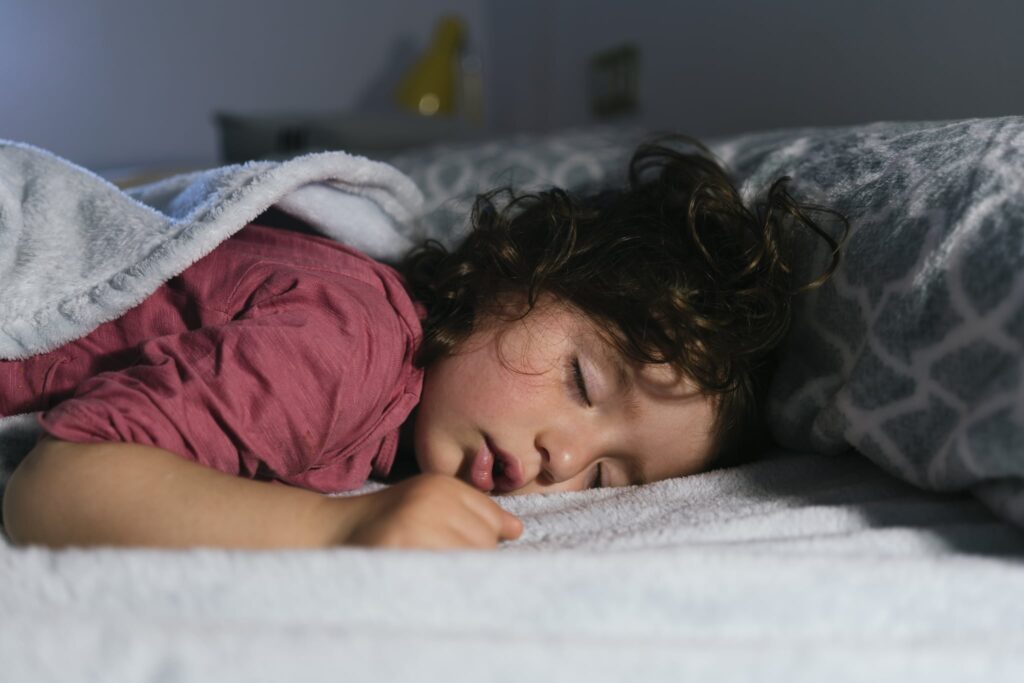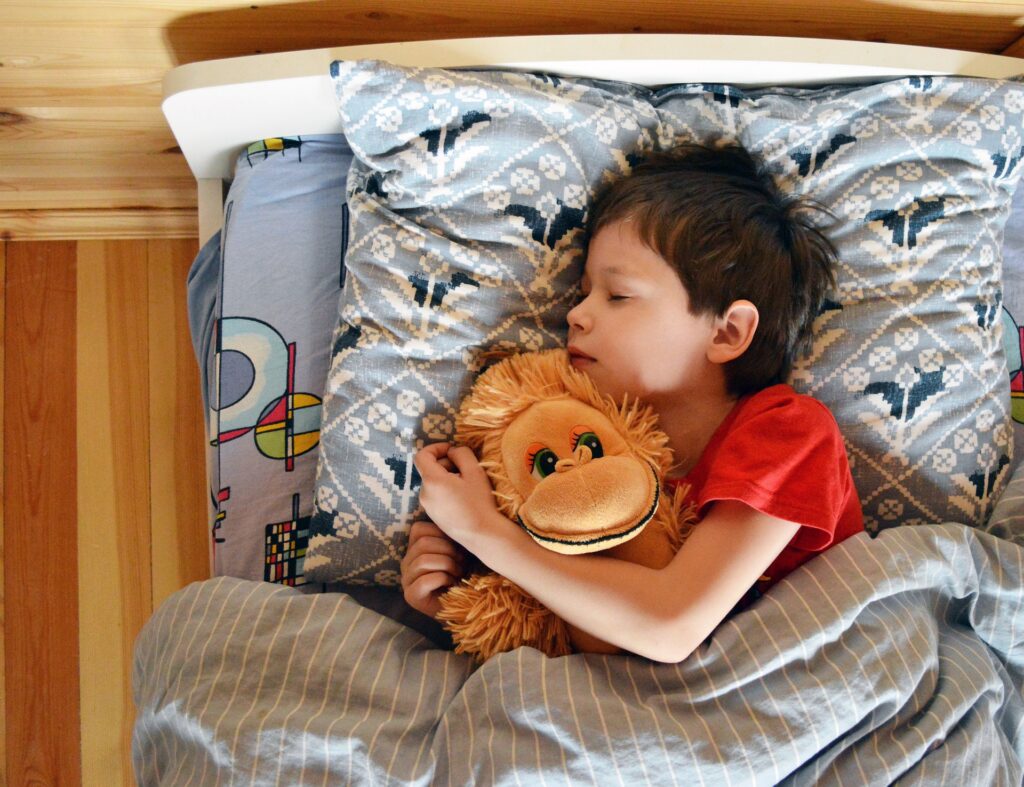
When you’re a parent, you face those nightly struggles of getting your kids to bed and making them sleep. It isn’t always easy, but it’ll be one of the most helpful things you could do for them. There aren’t any tough and fast bedtime guidelines because every kid is unique. What matters is that you establish a style that works well for your kid and adhere to it. Here are 8 ideas to get started.
Make A Comfortable Nighttime Routine
As per the National Sleep Foundation, school-aged kids need around 9 and 11 hours of sleep every night. However, sleep requirements and patterns vary greatly. Regardless of what you do, most children have predictable routines.
Even though you put kids to bed at a decent hour, early risers would still wake up early, while night owls will not feel sleepy unless their bodies are prepared.
That’s why it’s critical for parents to help their kids to establish a reasonable bedtime that enables them to get enough sleep and get up on time. You can read more about this if you just click here.
Adopt Consistent Wake Up Time

Adopt a wake-up time for your kid depending according to how much sleep they need and when they go to sleep. Parents are advised to establish a wake-up habit as soon as kindergarten years to help alleviate stress in the future.
And don’t forget to stick to the timetable. Encouraging your kid to sleep in on weekends is a sweet gesture, but it may reflect badly in the long term.
That additional amount of sleep may make it difficult for their bodies to feel weary when it’s time to go to bed. However, if you can keep bedtime as well as wake-up times under an hour or so each day, you’ll make everyone’s life so much simpler.
Help in Getting Rid of Fears
While ghosts and several terrible critters may not genuinely exist at night, rather than ignoring your child’s anxieties, discuss those with them.
If basic comfort fails, consider having a specific toy stand watch at night or spraying the bedroom with “monster spray” before going to bed. It is suggested that arranging time throughout the day to talk about any worries is better than waiting until evening to do so.
Children are incredibly clever, and they will soon understand that if they take the opportunity to voice their nighttime worries, they may postpone sleep.
No Screen 2 Hours Prior To Bedtime

Melatonin is a crucial component of the sleep-wake pattern. Most individuals feel drowsy and go back to bed once their melatonin levels reach their peak.
Blue light out of a television set, cellphone, or desktop display may conflict with the generation of the hormone melatonin, according to research from 2011.
According to 2017 research, watching the television, playing video games, or reading through online websites on a phone or laptop shortly before bed keeps your youngster up for an additional 30 to 60 minutes.
Making the room a screen-free environment, or at the very least ensuring that all devices are turned off before night is a good option. While you’re in your kid’s bedroom, put your cellphone on mute or don’t bring it in at all.
Rather than screen time, reading stories to your kid in the nighttime gives their brain a chance to relax.
Team Work
It’s crucial to talk about and decide on a sleep plan for your kid along with your spouse or partner ahead of time, and then stick to it as a team. One can’t possibly expect their youngster to learn or adjust their behavior if this isn’t the case.
Make your kid a member of the team by communicating the new routine to them if they really are mature enough to grasp it when you are beginning a new sleep pattern for them.
Use a pictorial chart to assist your kid to understand the new routine, displaying tasks such as changing clothes, brushing teeth, even reading a storybook.
Cool Environment

Your kid’s sleep pattern isn’t just influenced by the presence or intensity of the light. It’s also temperature sensitive. Melatonin levels assist in the modulation of the lowering of the body’s internal temperature that is required for sleep.
You may, however, assist in regulating the outside temperature. Don’t over-wrap your youngster in blankets or turn up the heat.
Clinical psychologists, as well as sleep experts, advise wearing your kid in breathing cotton jammies and maintaining the bedroom temperature between 65 and 70 degrees Fahrenheit or 18.3 to 21.1 degrees Celsius at night.
Don’t Force Kids To Sleep
It might be difficult for children to turn off their minds for the night. Instead of adding to your child’s worry by arguing that “go to bed, it’s bedtime”, try concentrating on relaxing and keeping them quiet.
Teach your youngster how to relax their body by using deep breathing techniques. Allow them to breathe in for 4 seconds via their nose, wait for 5 seconds, and then expel for 6 seconds with their mouth. Younger kids might just practice inhaling and exhaling deeply. According to studies and research, this strategy is found to be really effective.
Don’t Sing Them To Bed

Minimize singing or rocking your kid to fall asleep as they might require you to do the same when they wake up in the middle of the nighttime — a medical condition called sleep-onset association disorder.
If you’ve been doing it for a while, attempt to phase it off gradually. Instead, teach them to sleep with certain items, such as a beloved comforter or stuffed animals.
Fluffy and soft plush toys are always an excellent choice since they may make children feel at ease and aid in a good night’s sleep.
Final Words
Sleep is essential for brain growth, and if your children go to bed on time and get a good night’s sleep, their brains will be active all through the day. Since your children need at least 10 to 13 hours of sleep per day so, follow the above mentioned guide to help your baby sleep and sound!













